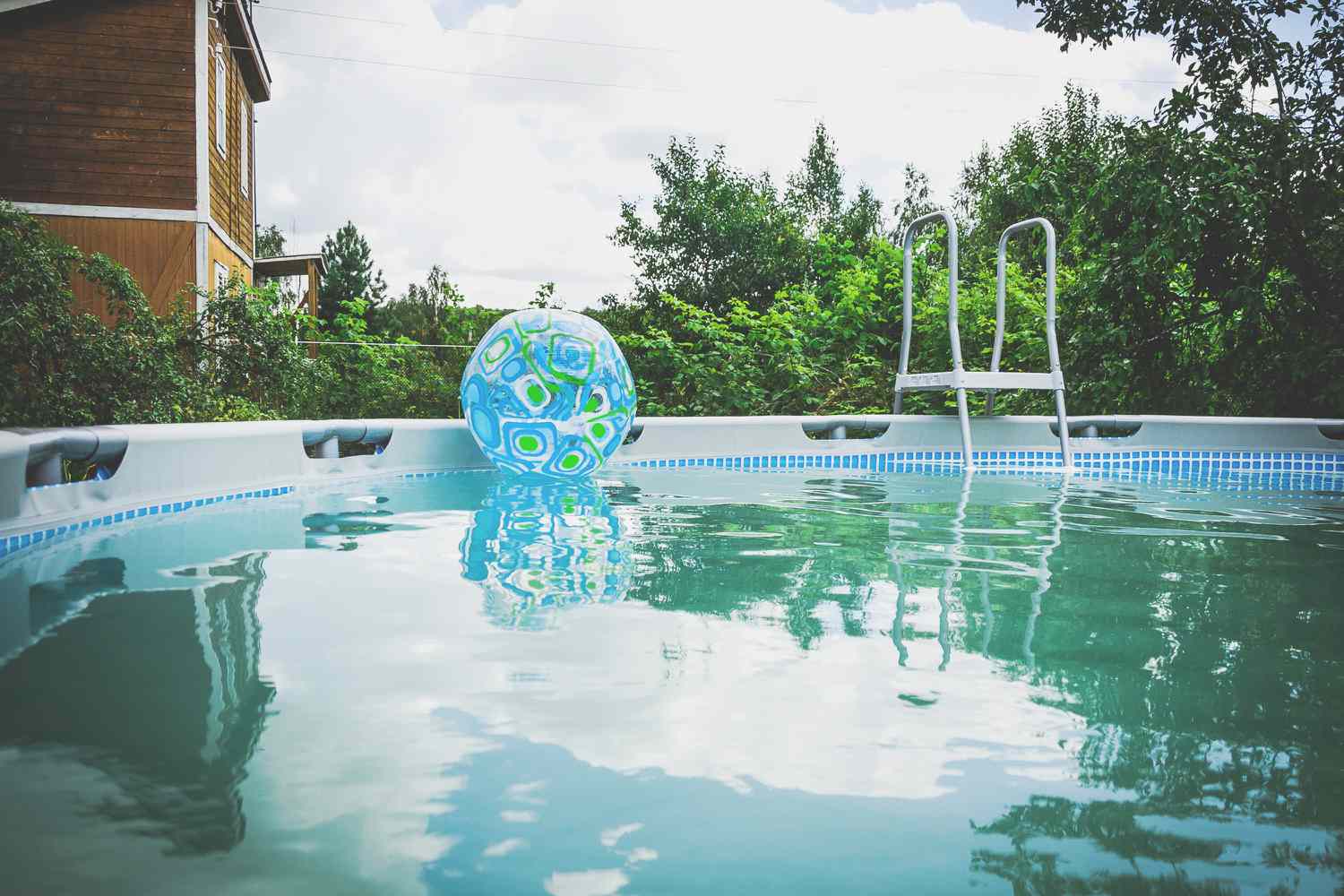Pool

John Wick
Owning a pool comes with many responsibilities, and detecting leaks is among the most crucial tasks to ensure your pool’s ...

John Wick
Picture this: You notice your pool’s water level seems a bit lower than usual, but hey, it’s probably just evaporation, ...








